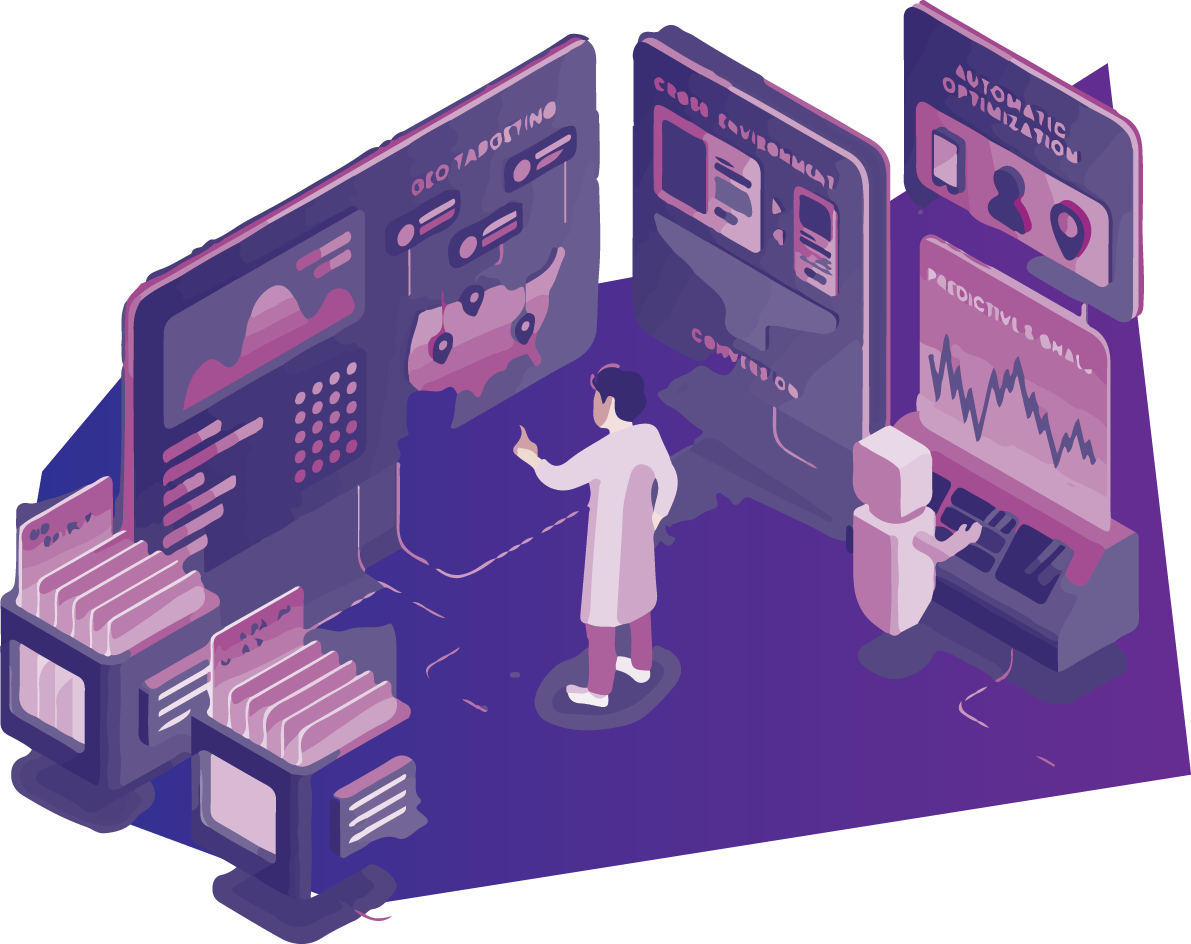Predictive Analysis in Business Intelligence & Artificial Intelligence
Usage of Predictive Analysis
Predictive Analysis relies on intelligent historical and current quantum data which gets analyzed using AI and deep Machine Learning in order to understand and produce useful and valuable knowledge about the future trends, present systems and all possible outcomes.
Example: Netflix uses predictive analysis in order to understand and thus efficiently recommend the shows you would most like, based on your history and usage data.
How?
Product Definition:
Being specific about what kind of machine learning has to be used to achieve implementing predictive analytics and its respective peripheral AI Technology (Artificial Intelligence) would imply it automatically setting out expected outcomes and clear deliverables, as well as the input systems which will be used thus, establishing all the effectively useful data sources that are available, up to date and in the expected format for the analysis would heavily improve productivity for the user business and its IOT ecosystem.
Intelligent Data Collection:
Since predictive analytics is generally about using large volumes of peripheral quantum data to get deep (utilizing AI technology) insights with the assistance of Artificial Intelligence about trends and stay ahead of the game in terms of progress and business intelligence, the data collection phase is crucial for the success of the initiative. Most likely this will include information from multiple sources, so there needs to be a unitary approach to data. Sometimes information will be collated and cross-queried for a comprehensive picture of the underlying phenomenon.
Most of the time, quantum system data will be collected into a peripheral data lake by PISIQ– not to be confused with a data warehouse, which has some significant structural differences. A data lake contains information in a raw state. This means it can range from structured (tables) to semi-structured, like XML or unstructured (social media comments). For the success of the project, it is mandatory to understand the differences and employ the right tools.
AI Data Analysis
Once the quantum data has been collected and processed, dissection will be due and the corresponding investigation will reveal trends regarding Business intelligence and Artificial Intelligence, help prevent fraud, reduce risks or optimize processes. Surprisingly, 80% of this stage has to do with cleaning and structuring data, rather than modeling it. Once this is completed, results must be interpreted and actionable goals defined for ultimately providing effective predictive analysis
Business Intelligence Statistics
Statistics is just as important as the vast quantum data and especially in terms of predictive analysis when implementing predictive analytics using effective AI Technology (Artificial intelligence), particularly when testing and validating assumptions. Very often, those in charge of the project will have a specific hypothesis about the behavior of consumers, conditions which indicate fraud and so on. By statistical methods, these are put to the test and decisions are made based on numbers, not hunches.
Be ready to have your ideas challenged by Quantum data and accept that sometimes the obvious logical outcomes are not supported by reality.
Peripheral Data Modeling
When it comes to modeling in regards to the machine learning for predictive analysis, it is often best to use existing tools for powerful business intelligence. There are countless libraries, built on open-source programming languages like Python and R. There is no time to reinvent the wheel, it is more important to know the available options and choose the best one for the job. The ultimate goal should be to democratize modeling and make it available to business analysts, as well as data scientists.
Quantum Data Deployment
Once data has gone through statistical analysis and the model has been calibrated, results need to be interpreted and integrated into daily routines.
As suggested, once the model is created and deemed sufficient, it should be used to dictate the daily choices and govern the processes in the organisation. It is not enough to have numbers which show what would be best for the company unless that translates to actionable steps and measurable results.
AI Technology Monitoring
Reality is not static; neither is data. A peripheral model can be valid for a certain period while the external conditions do not change significantly. It is good practice to revisit the models periodically and test them with new data alongside powerful Artificial Intelligence to make sure they have not lost their significance.
This is especially important for those models used for marketing campaigns. The preferences of the customers and trends in consumer markets sometimes change so fast that previous expectations quickly become yesterday’s news.
[sc_fs_multi_faq headline-0=”h2″ question-0=”What is Predictive Analysis?” answer-0=”Predictive Analysis relies on intelligent historical and current quantum data which gets analyzed using AI and deep Machine Learning in order to understand and produce useful and valuable knowledge about the future trends, present systems and all possible outcomes.” image-0=”” headline-1=”h2″ question-1=”How does PISIQ’s Predictive Analysis work?” answer-1=”Through 1: AI Technology Monitoring 2: Quantum Data Deployment 3: Peripheral Data Modeling 4: Business Intelligence Statistics 5: AI Data Analysis 6: Intelligent Data Collection and 7: Product Definition” image-1=”” count=”2″ html=”true” css_class=””]
